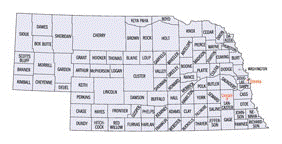Geography Program

Geography Program: Faculty Publications
Document Type
Article
Date of this Version
7-1990
Abstract
In the past, a Chinatown was “a self-contained urban enclave” where nearly all Chinese people, their businesses, and their social institutions were confined. Today, however, a Chinatown “is an ill-defined perceptual area because its characteristics, structure, images, and townscape have changed over time.” Lai classifies Chinatowns into four types, one of which, an old Chinatown, is the topic of most of the book. He summarizes the history of Old Chinatowns as involving four stages: budding, blooming, withering, and reviving. For example, Chinatown in Victoria experienced these four particular stages during the following periods: 1858-1870s, 1880s-1910s, 1920s-1970s, and 1980s. The Chinatowns that did not survive (i.e., were not “revived”) entered an alternative fourth stage, that of extinction. Because the development of each Chinatown was greatly affected by immigration, the text is organized historically by periods of migration policy. Within these periods, changes in Chinatowns are related to numerous regional conditions (such as immigration policies, white racism, and demands for labor) and local situations (for example, land values, population characteristics, and social attitudes). Although these interrelationships are described in considerable detail for all Canadian cities, they are discussed in greatest depth for Victoria.


Comments
Published in Journal of Historical Geography 16:3 (July 1990), p. 364. Copyright 1990 Academic Press. Used by permission.